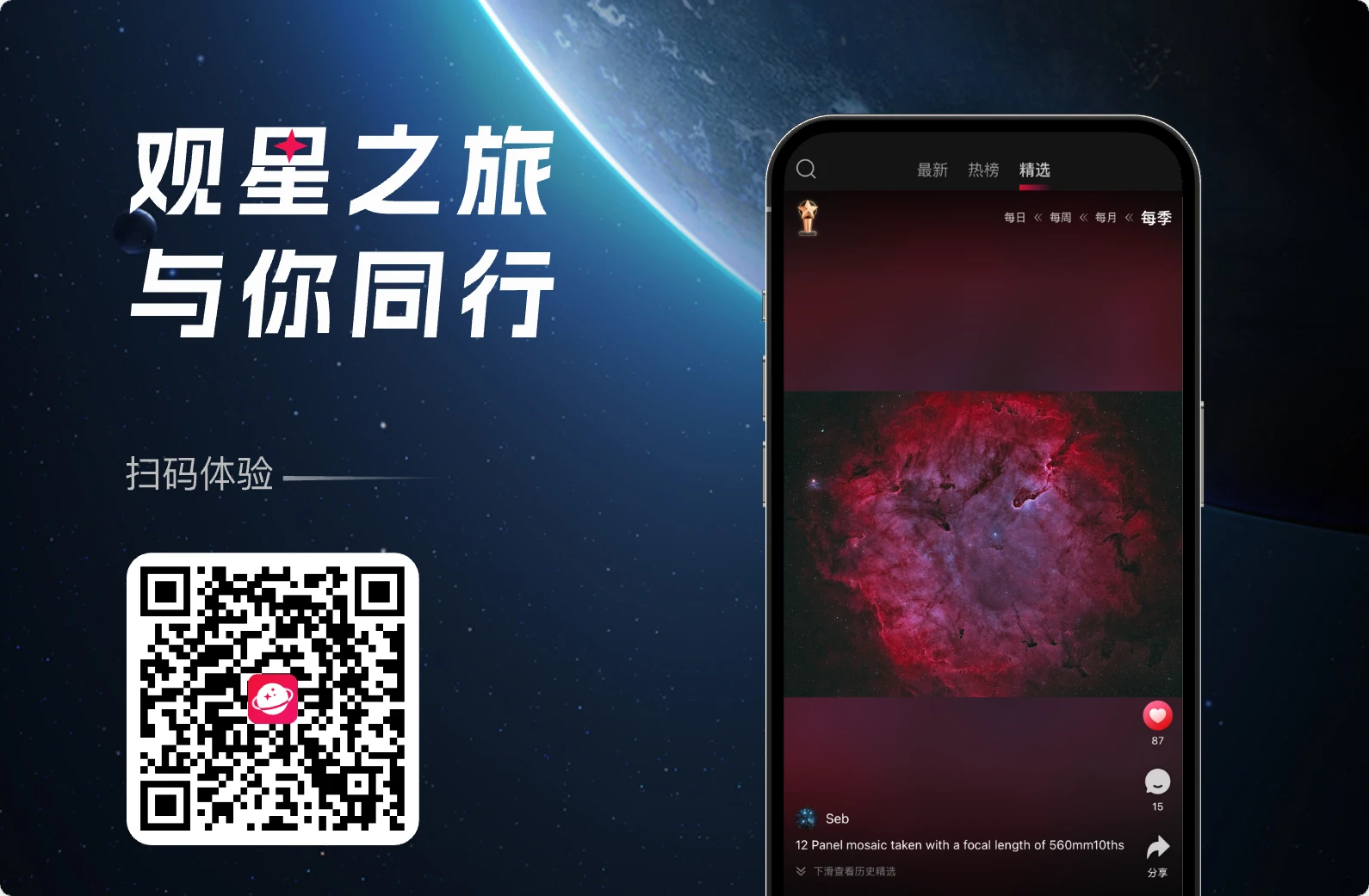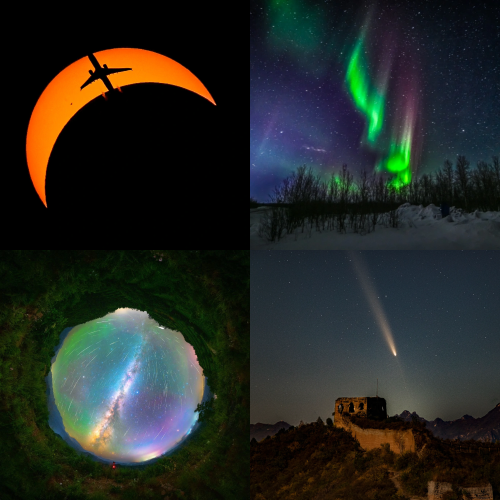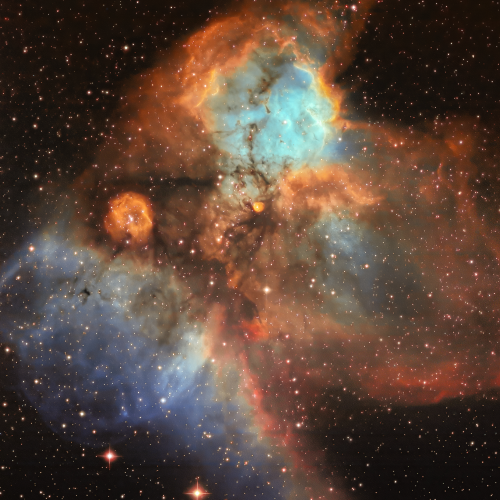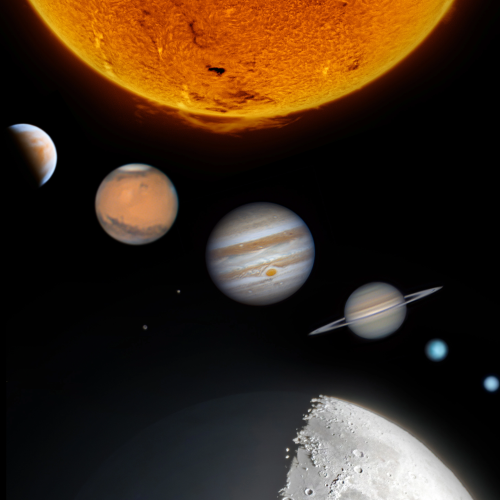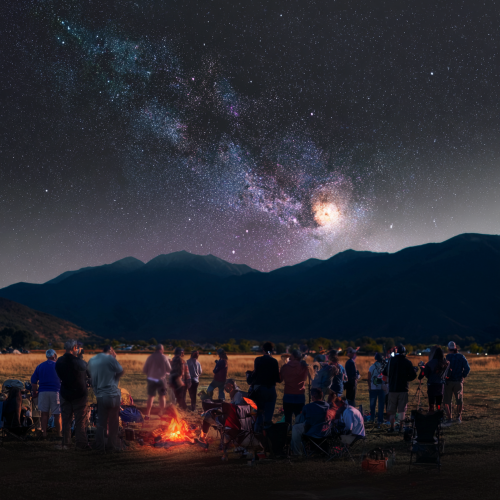 公众观测
公众观测“The milky way shines, but only under good sensors”
The milky way will be beautiful through a good camera in dark skies, and its also visible in the naked eye!
 公众观测
公众观测I think I saw a UFO😰?Can someone help me solve it?
在做晚观测时我在整理素材的时候,当时我蹲在地上,突然天空中有什么东西发出了很亮的光,非常亮,以至于我看到了我的影子。我紧忙抬头看,一团黑黑的东西夹带着几个亮点消失在了武仙座天区,应该是视觉停留,它拖着像流星一样的尾,不是流星。不是飞机。它非常亮!我不知道那是什么。真的太吓人了,我以为是无人机可是它消失在了天空,不是云遮住了,那个时候天空只有薄云,很透。 当时因为月亮光污染很大,并且地面上有月光,可是那个发出的光比地上的月光还要亮!
NEW
 探索星球
探索星球 创建星球
创建星球我的星球
问题榜单
1望远镜的目镜选择?
2如何在城市里(六级区)出摊打野拍深空?而且新购入的设备总价不超过一万?
3Pixinsight - is it worth it ? How is the learning curve ?
4Sun Guardian Badge - best tips?
5Help with the Moon Phase Tracker?
6What are y’all’s favorite deep sky objects?
7Sirius Warrior - new badge / new questions !?
8Who’s going to AstroCon2025 at Bryce Canyon?
想法榜单
1whitch tools do you use in siril for processing?
23iatlas how can I see from Scotland next
3我有一个手搓的折反望远镜,口径117mm,焦距900mm,可以拍什么?
4Seestar S50 advert -fan made .......
5Lego made solar finder
6关于超级蓝月亮,全面的问题解答(Super Blue Moons: Your Questions Answered)
7Sirius Warrior Acquisition Group (SWAG)
8关于月食的一切,类型、图像以及发生的频率。
9Comparison of S30 v S50 Rosette Nebula
10Nice garbage container always polar aligned containers on wheels Pull and close up.
